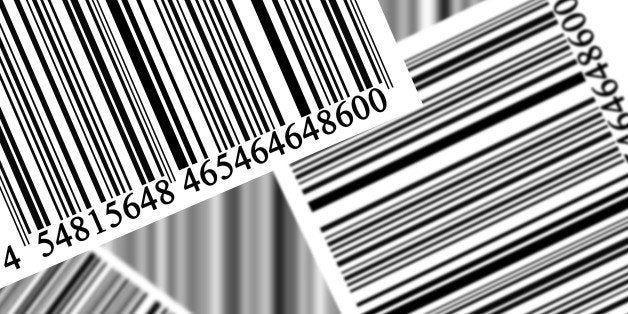
According to a recent survey, nearly 90 percent of consumers still want to know if they are consuming foods with genetically modified ingredients.
While a clear and concise label on the package seems like a no-brainer, it has been fought at every turn by those who oppose labeling, including the biotech and food industries. These industries have spent millions of dollars to squash grassroots labeling initiatives in California, Washington, Oregon, and Colorado. They also support national bills and policy riders that block a state's right to label GMOs. And now the Grocery Manufacturers Association--the largest trade group for corporations that make food and beverages--has stepped up to the plate with its own solution for the conundrum of GMO labeling: QR codes.
The new initiative, called SmartLabel™, is a voluntary program that would add a QR code to foods consumers can scan using their smartphone camera to get information about a product. This could include more detailed ingredient information including whether a food contains GMOs. The program is limited, however, because not all companies would participate, nor would they all disclose whether a food contained genetically modified ingredients.
The program is also problematic for a number of other reasons. Do consumers really have the time to scan every item they purchase to find out if it contains GMOs? And what about the people who don't have a smartphone, such as the elderly or those with lower incomes?
Data from the Pew Research Center reveals that for Americans who make less than $30,000 per year, only half have a smartphone. And for those that have one, 44 percent had to let their smartphone service lapse at some point for financial reasons. For seniors, a mere 27 percent own a smartphone. Thus, is a QR code really an equitable solution if 50 percent of those with a lower income and 72 percent of seniors can't scan it? That's about 100 million people who would not have access to the information they need to make an informed decision. Despite what some say, everyone does not win if we use QR codes in place of GMO labeling.
What does make sense? Putting a label right on the package. Even the New York Times Editorial Board recently came out in support of labeling. Americans want transparency and as food politics expert Marion Nestle, PhD, says, "Transparency is always the right thing to do." The SmartLabel QR code would offer limited transparency and discriminate against the elderly and lower income Americans, keeping millions in the dark. It's clearly not a win-win.
